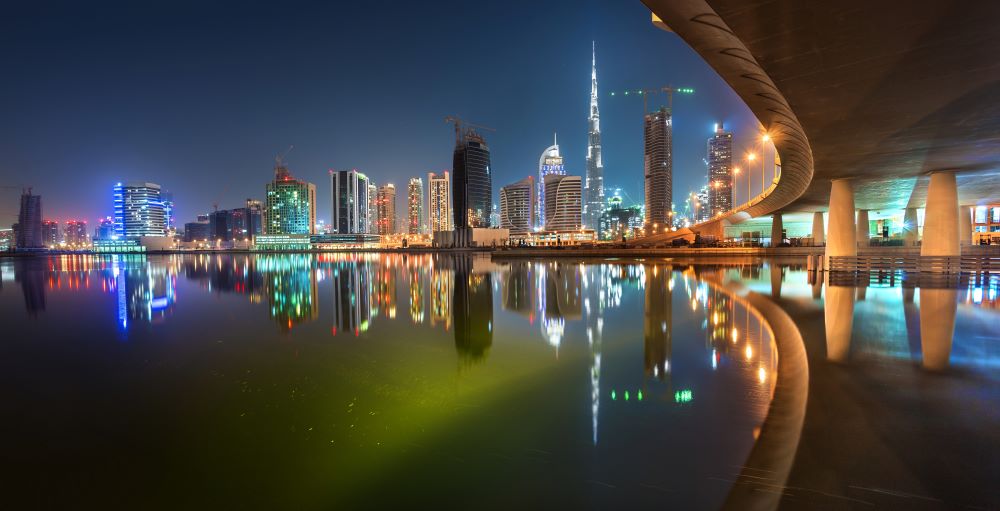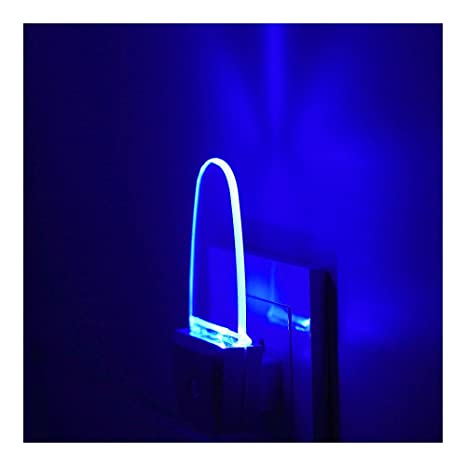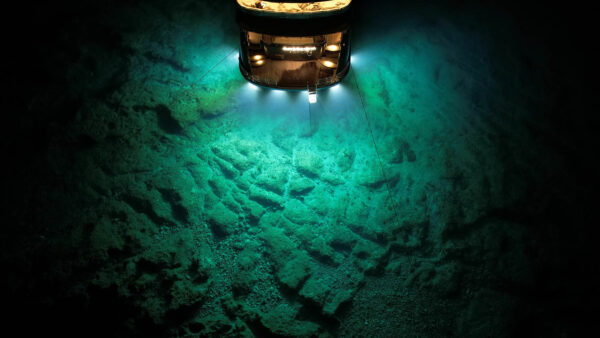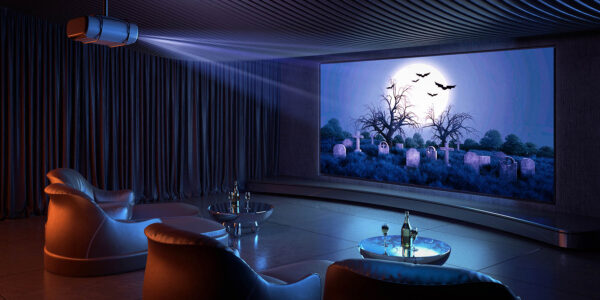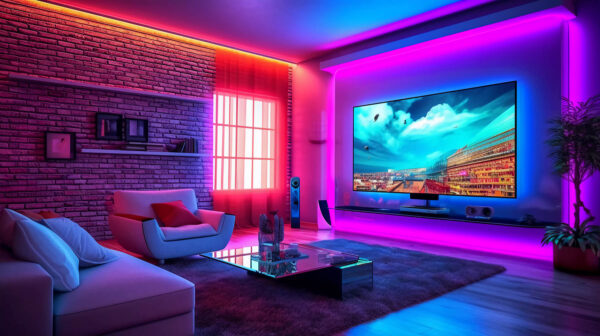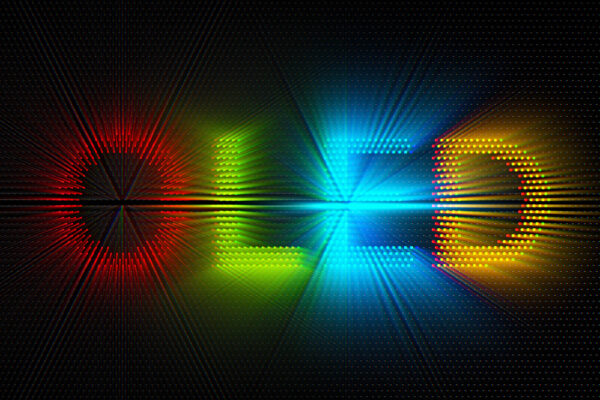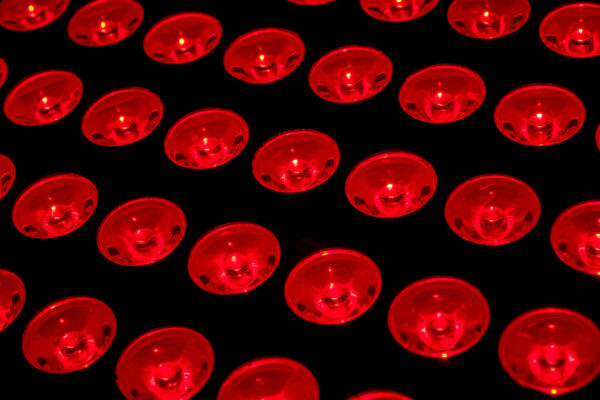As we coast further into 2016, countries in the Middle East are experiencing record population growth, which is creating an unprecedented demand for infrastructure developments and improvements, including LED Technology in the Middle East. The Middle East is rich with oil resources but that resource wealth does not translate into a profligate attitude toward energy usage. Lighting accounts for up to one fourth of all energy usage across Middle Eastern countries. These nations are wisely reducing their own energy costs by incorporating energy-efficient LED lighting systems into new commercial and infrastructure construction while also retrofitting older and less-efficient lighting systems with LED technology.
The Middle East is the Next Major LED Market
The combined gross domestic product of countries in the Middle East is expected to grow by up to 6% annually over the next several years. The FIFA Soccer World Cup, which will be staged in Qatar in 2022, is placing additional strains on the region’s resources and infrastructure. LED lighting system manufacturers have estimated that this growth will more than triple the aggregate demand for LED products over a five-year period. By 2017, the LED lighting market in the Middle East in expected to increase to almost $350 million annually.
Energy efficiency is a primary driving force behind the increased demand for LED lighting systems. Traditional incandescent and fluorescent lighting systems can dissipate up to 80% of their energy consumption as heat, giving those systems an efficiency rating of approximately 20%. LED lighting systems reverse these numbers. With energy efficiency that approaches 80%, LED systems will save the region billions of dollars while simultaneously enhancing the region’s profile as a leader in the green energy movement. To accelerate this transition, some Middle Eastern countries have adopted regulations that restrict or ban traditional incandescent lighting in new construction.
The steadily-decreasing costs of LED lighting systems are further contributing to the rapid growth of LED technology in the Middle East. LED lighting has traditionally imposed higher up-front design, equipment, and installation costs. Those costs are expected to drop by more than 50% before the first FIFA game is played in Qatar in 2022. As more manufacturers and engineering firms enter the LED market, competition will drive prices even lower, thus reducing or eliminating objection to high initial costs for LED lighting systems.
LED Technology is Spanning the Globe
LED lighting is permeating every corner of the lighting market in the Middle East. New construction of office and commercial buildings are replete with LED lighting. Roads and transportation corridors are illuminated with LED systems and airports are testing LED lights for runways, taxiways, and approach lighting. Residential lighting systems are benefitting from the enhanced control and spot-illumination systems that have been developed for living spaces. Sports venues and arenas that are lit with LED lighting systems give participants and viewers alike a better opportunity to follow the playing field action, both in person and in televised broadcasts of the action.
The Middle East region may have advantages over other regions because of its resources and lack of prior development that requires dismantling and replacement before new LED technology is installed. Other regions can still use the Middle East as an exemplar and comparative model to demonstrate the advantages of LED lighting systems. LED pros are excited for the global opportunities of the growing LED market and the development of energy efficient models around the world.

